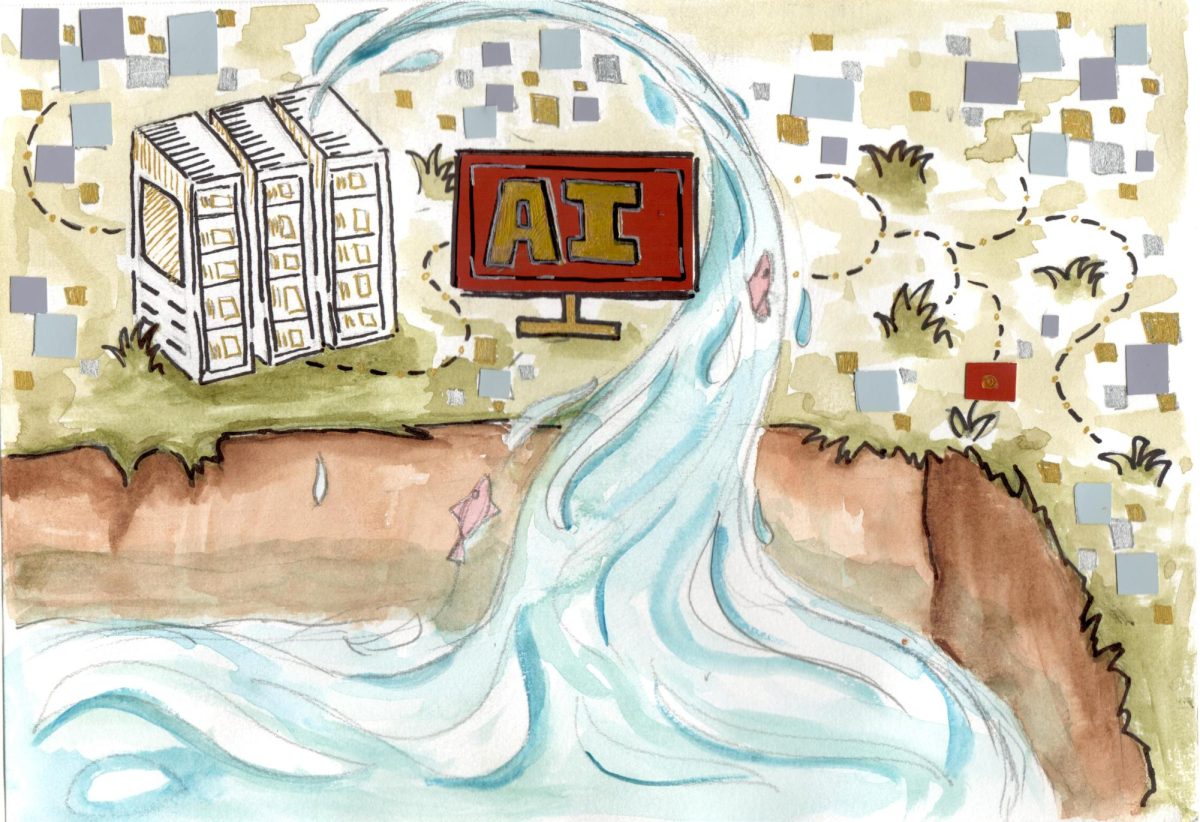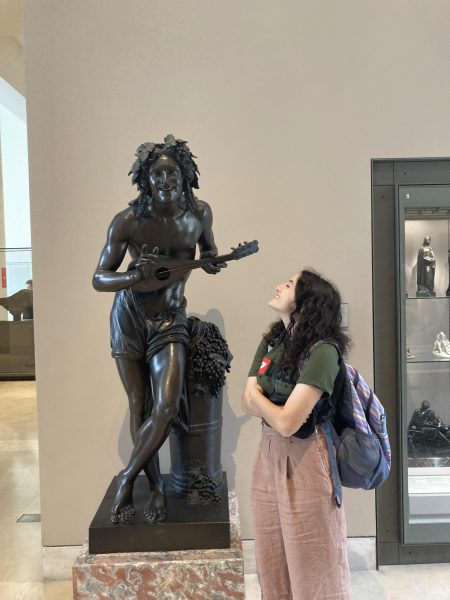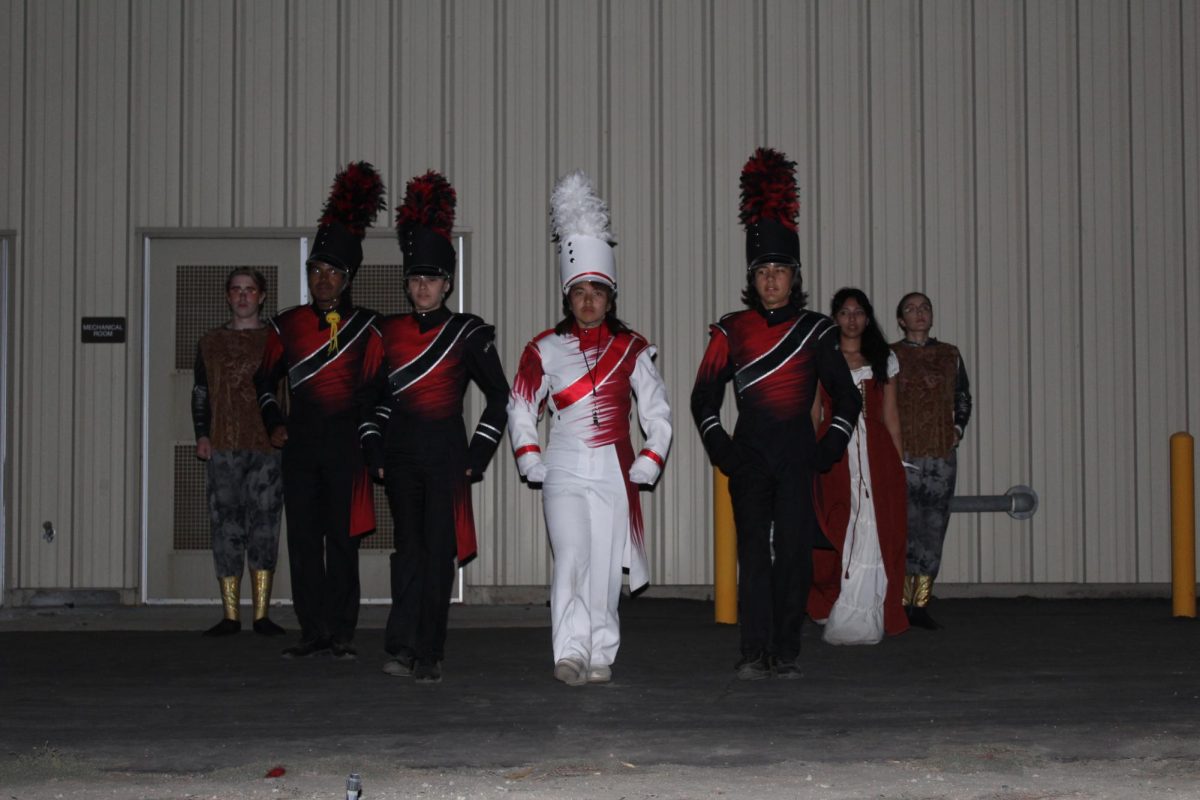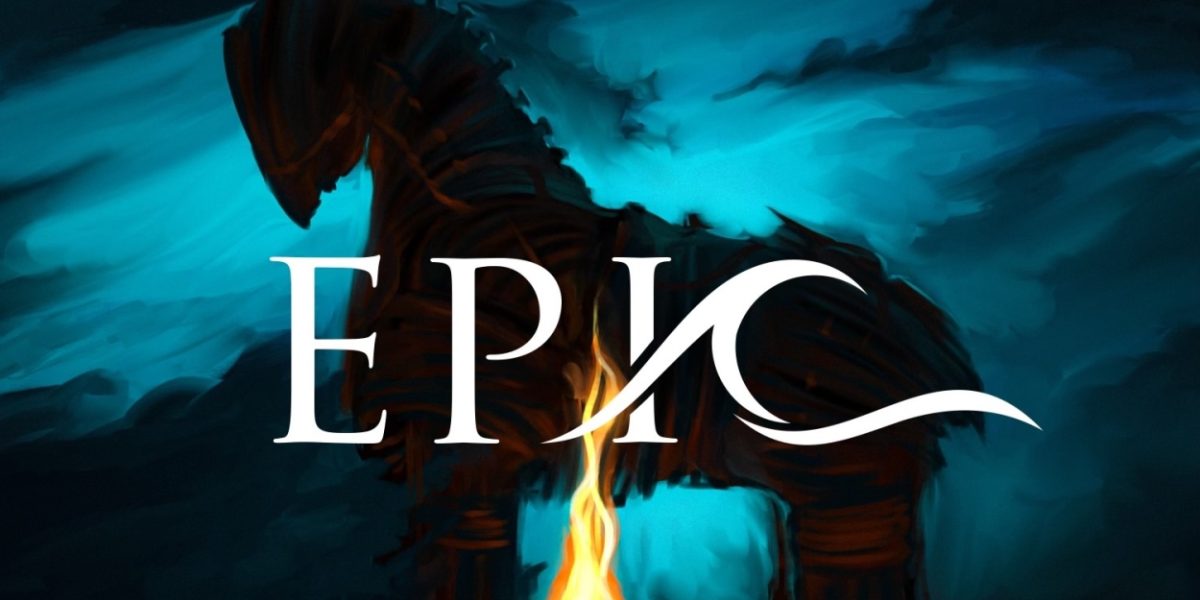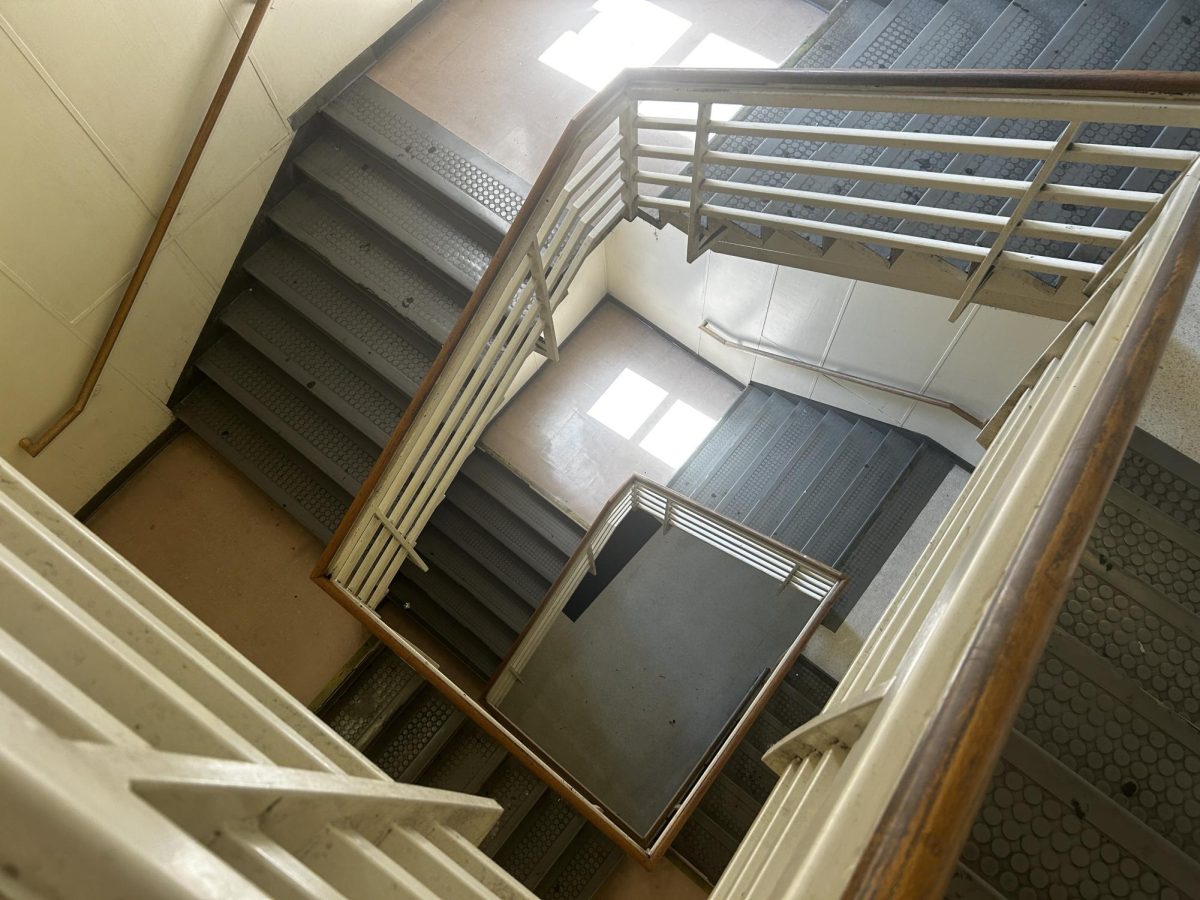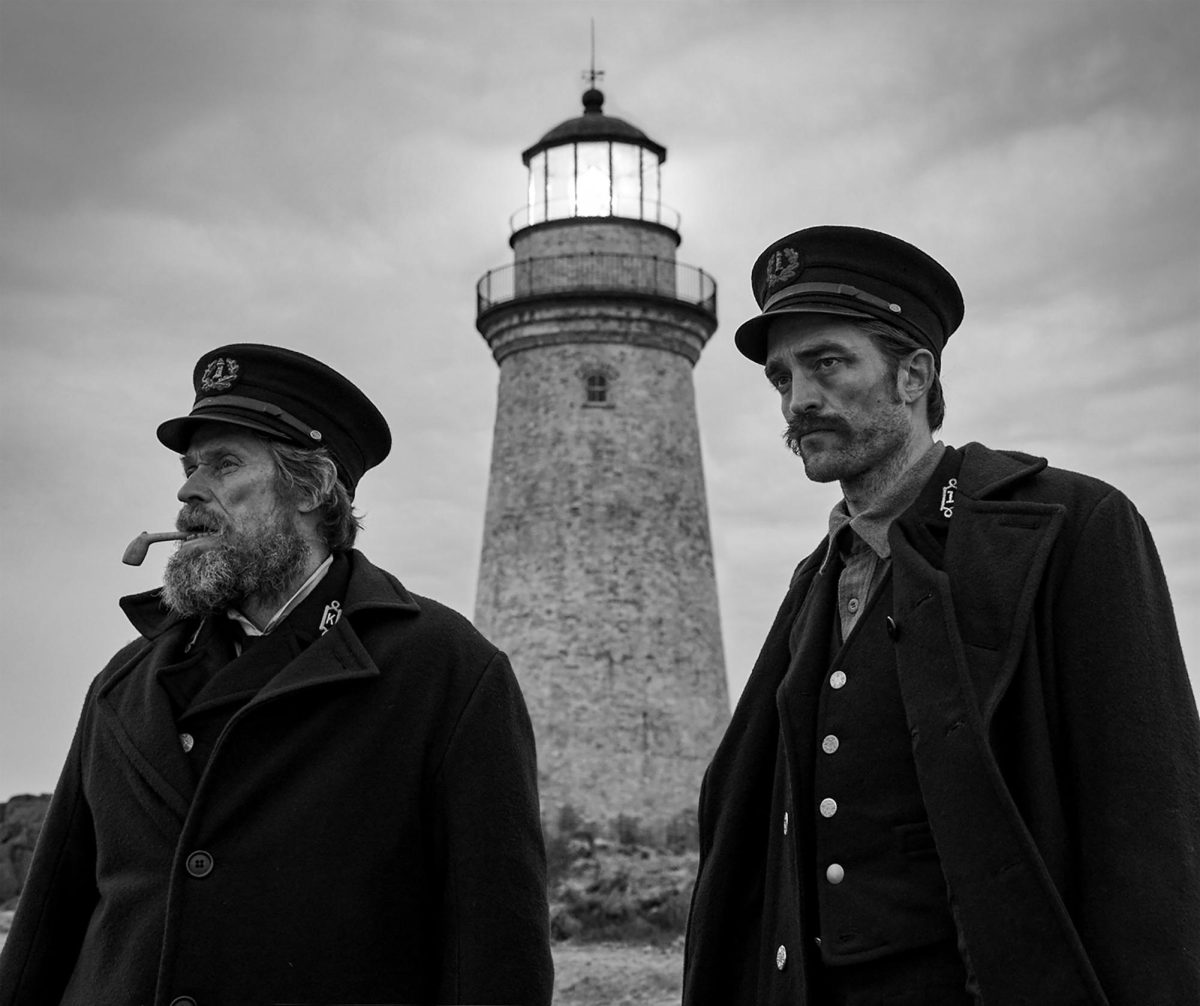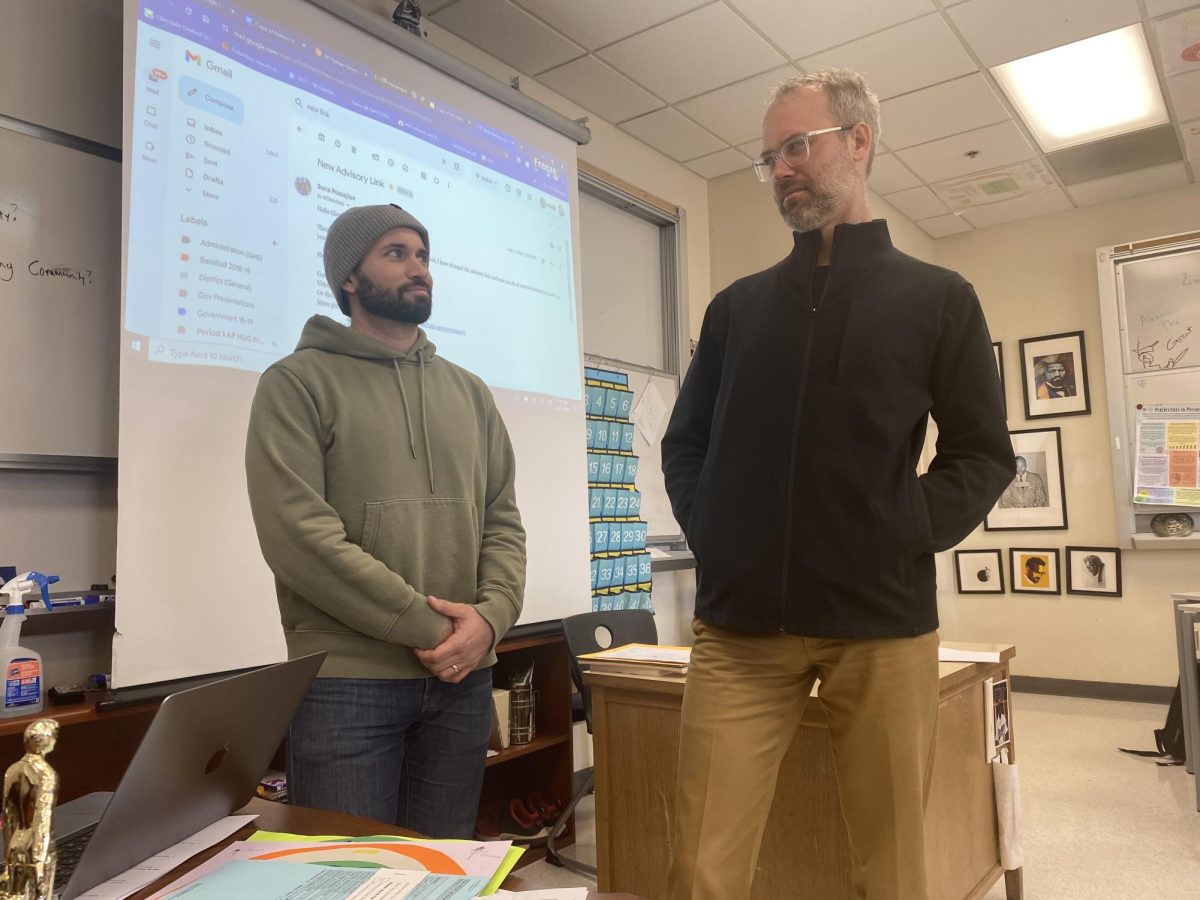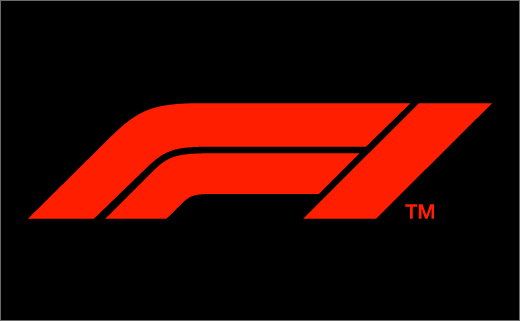I’d like you to imagine for a moment that you are a skilled laborer who has devoted years to their craft. Let’s say you’re a surgeon. You become well-known in your field, and even develop a unique style of stitching up your patients. One day, you’re scrolling through social media and come upon a video of a machine performing surgery, and doing the stitches the same way you do. The manufacturers trained the machine on your original work without your knowledge or consent. And to make matters worse, it’s not even doing a good job! They have to keep stopping to cool the thing down with water, because it’s overheating! You start to worry that soon, this incompetent little contraption will put you out of a job.
Now, imagine you’re an artist. Is it still an outrage?
This, perhaps, is not a perfect analogy for art created by artificial intelligence, but it sums up the general problem. In any other context, plagiarism is looked down upon. So why is the internet so obsessed with these uncanny, unoriginal and unsustainable images? The answer is a mixture of ignorance, apathy, and novelty.
First: novelty. People love new things, especially when it comes to AI. When chatbots became readily available, everyone flocked to ChatGPT to ask it to do their homework, write One Direction fanfiction, and ponder the meaning of life. It was the same way with Character AI and voice cloning. It’s happening now with image generation and filters.
But this doesn’t mean that AI art is just a fad. AI technology is developing at a concerning rate, with OpenAI raising 40 billion (billion with a B!) dollars in its latest round of funding. It’s already being used in major films, which spells danger for those in creative industries.
AI is here to stay, and it’s not a good thing.
The trouble isn’t simply that creatives will be put out of a job. A good portion of it is related to the aforementioned problem of plagiarism or art theft. In reality, AI art can’t even be called art at all. Oxford languages defines the word as “works produced by human creative skill and imagination.” Models are trained on real art, made by real artists, who usually want nothing to do with AI. The issue is that it doesn’t matter what they want, or whether they know at all that their work is being plagiarized. In 2016, Studio Ghibli legend Hayao Miyazaki famously called the use of AI in animation “an insult to life itself.” Today, despite his protests, his iconic art style has its own generative AI filters, which are currently going viral on social media.
Social and moral issues aside, AI is also devastating for the environment. AI data centers need a ridiculous amount of energy and water to function. According to researchers led by UC Riverside professor Shaolei Ren, a single five-prompt conversation with ChatGPT can waste up to 500 milliliters of freshwater, equivalent to about one 16-ounce bottle. This is especially concerning, considering how hard investors are pushing for chatbot expansion.
So why are we still playing with this destructive toy? Is it ignorance or apathy?
Yes, realistically, many people don’t know about the harmful nature of AI art. They don’t know that art filters waste gallons of water each day, and they’re unaware of its imminent effects on the film and animation industries.
But I think the real problem is that most people just don’t care.
Maybe you, dear reader, are falling prey to this right now. You may be thinking, “It’s not that deep (skull emoji).”
And you know what, I understand how you feel. It’s hard to care about things like water conservation when you can go to the store and buy gallons of it right now. It’s hard to care about art theft when you’re not an artist.
But you should. This is an issue that affects all of us.
We all live on this planet together, and we all consume media together. In a couple of years, we’ll likely complain about the rising price of water, or how they “don’t make movies like they used to anymore.” It’ll be because the world turned a blind eye.
We tend to take art for granted, but it is the center of our society. It’s what helps us unwind after a long day at work. We use art to start conversations, to relate to each other and to motivate and express ourselves. There’s something so uniquely human about it, which is why AI art is so uniquely unsettling. We can’t keep going on like this.
So, Nitros, use your voice! Leave (constructive) comments on those insufferable AI art accounts. Educate your friends. And the next time you’re tempted to feed a goofy prompt into DALL-E, consider handing it to an artist instead.
Or, y’know, learn how to draw.





